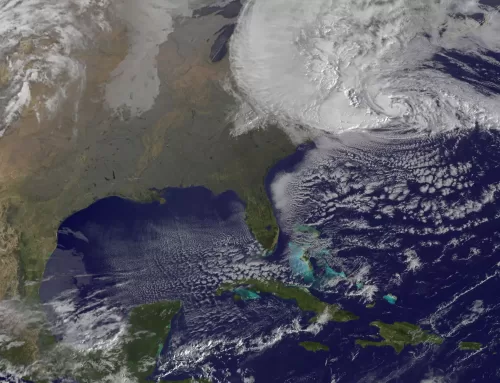I’m going to put together a few posts to expose a thought experiment on how the COVID19 pandemic might affect us in the futures. This will take a few posts as I am going to look at the history and current state of pandemic illness, the history and state of our dealings with pandemics, and finally a good look at some possible affects from the trend blender that is the time we live in.
This week
- What is a pandemic?
- What pandemics have we (humanity) faced in the past?
I am hoping for some animated discussion (comments below) based on these upcoming pandemic posts… let’s talk…
SOME BACKGROUND
For my purposes, a pandemic is defined as a disease prevalent across the whole globe. I guess we will have to come up with a new term when we infect the Moon and Mars bases with diseases from Earth. We have recorded several pandemics historically, my data going back to the Antonine Plague in 165 AD. The historic data for pandemics is most often recorded and ranked by years active and number of deaths attributed. As usual, I like my data another way, and started conditioning it immediately with some “rules” to make it edible for this thought experiment buffet. Looking at the data I realized that I had to give myself a few rules to keep from deep diving into the infinite world of health data to come up with a story before the end of the pandemic.
These were:
- I only worked in orders of magnitude due to the presumed (in)accuracy of the data.
- Pandemics like small pox that lasted from “1520 – on wards” are ignored and treated as causes of death – mostly these are slow moving background trends as opposed to the disruption driving changes that I am looking for.
THIS IS AN OVERSIMPLIFICATION AND IF YOU WANT SOME REALLY GOOD DATA ON SMALL POX TRY [https://ourworldindata.org/smallpox]
- For the short effect pandemics I use the population at the start of the stated period.
- I have selected just a few data sources and will just live with them.
I was surprised in my research to come across MERS and SARS listed as pandemics (Middle East Respiratory Syndrome and South Asian Respiratory Syndrome) and to note that less than a thousand deaths are attributed to each [https://www.visualcapitalist.com/history-of-pandemics-deadliest/]. But pandemics they are.
My quick review and some broad brush statistical thumb-through of historic pandemics revealed that the nastiest short term pandemic of all was the Black Death, 1351AD. Against an estimated global population of 350M, 200M persons are estimated to have died. I think that the numbers are shaky – hell we don’t even know how many eligible voters are in Georgia – but the estimated death of more than half the world’s known population is sobering.
Here is my first chart:

This shows the time line of recorded pandemics that fit in my truncation criteria. My observations – The Black Death was horrible, we have recorded a great number of pandemics since right around 1900 (which is when we hit about 30% urban population concentration and continuing to increase to this writing), the new pandemics are much less deadly than the old compared to the global population, and the herd population is outrunning the hell out of the viral threats.
In my chart I have divided the historical time line into 3 eras. The earliest I have named the First era which may show a distinct lack of imagination, but this is history, and it looks like the Black Death almost got us. The Transition era between first to the Modern era – (where we are now) is given short shrift here as it looks like a muddle to the new and more interesting times in which we live.
Another chart:

The First era. The brutal old days. No medicine, no idea what was killing us. However, the Black Death was such a well known plague that the Republic of Venice took to requiring ships to stay at anchor for forty days (quarenta dias) allowing whoever survived to then come on land. For the COVID19 pandemic we have taken this idea to heightened extremes quarantining entire neighborhoods, states, and countries before allowing entry – if at all.
My third chart:

Here we are clearly outrunning the diseases with the ability to reproduce exponentially. Pardon my hand drawn curve, but I needed a better fit than Excel would give me out of the can. As you can see, the deaths recorded can’t even get off of the bottom of the curve. The ordinate population axis is marked in thousand millions, billions. The largest set of deaths from a short-term pandemic is the 50 million from the Spanish flu – so called because Spain’s neutrality allowed it to report the disease while other governments were not talking. The US recorded a very early Spanish flu case in March 11, 1918 at a Kansas military base which puts it as a front runner for the origin along with France, Britain, and not surprisingly China – but no firm source for the Spanish flu has been fingered.
The good news, as I said, is that the current death rates are smallish when juxtaposed to the global population, but the bad news is that the frequency is way up. Do I hear you saying that the impact of illness or even threat of illness is perhaps even greater than the deaths? Perhaps, but that is a blog post for another day.
I set out to write this post to talk about the changes that I opine for “after Covid”. So let’s get to that shall we? See you next week with the second installation.
End of blog post one. Read the next post here.




